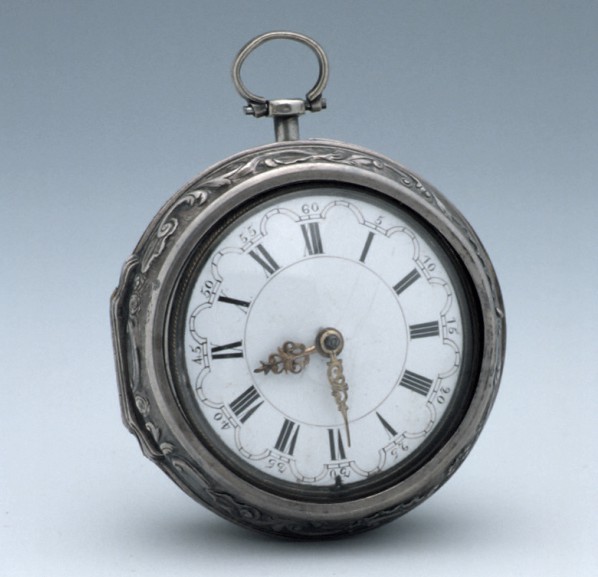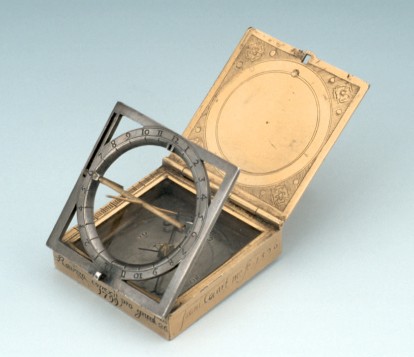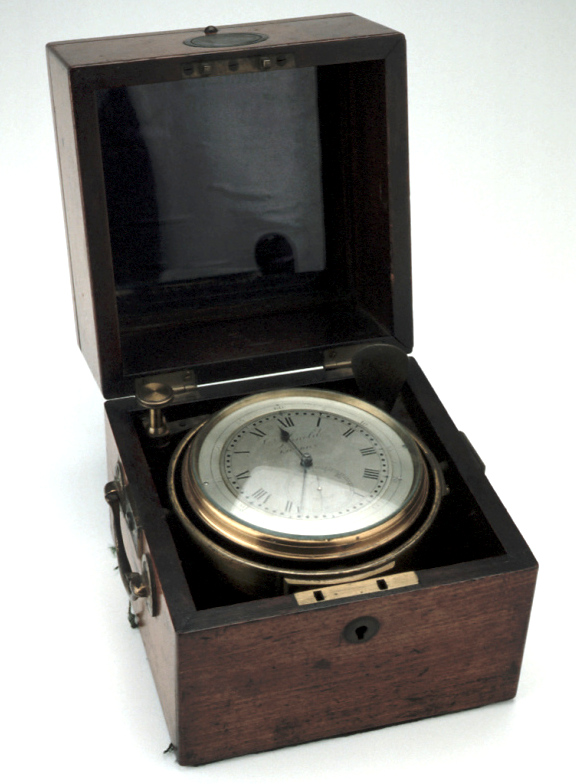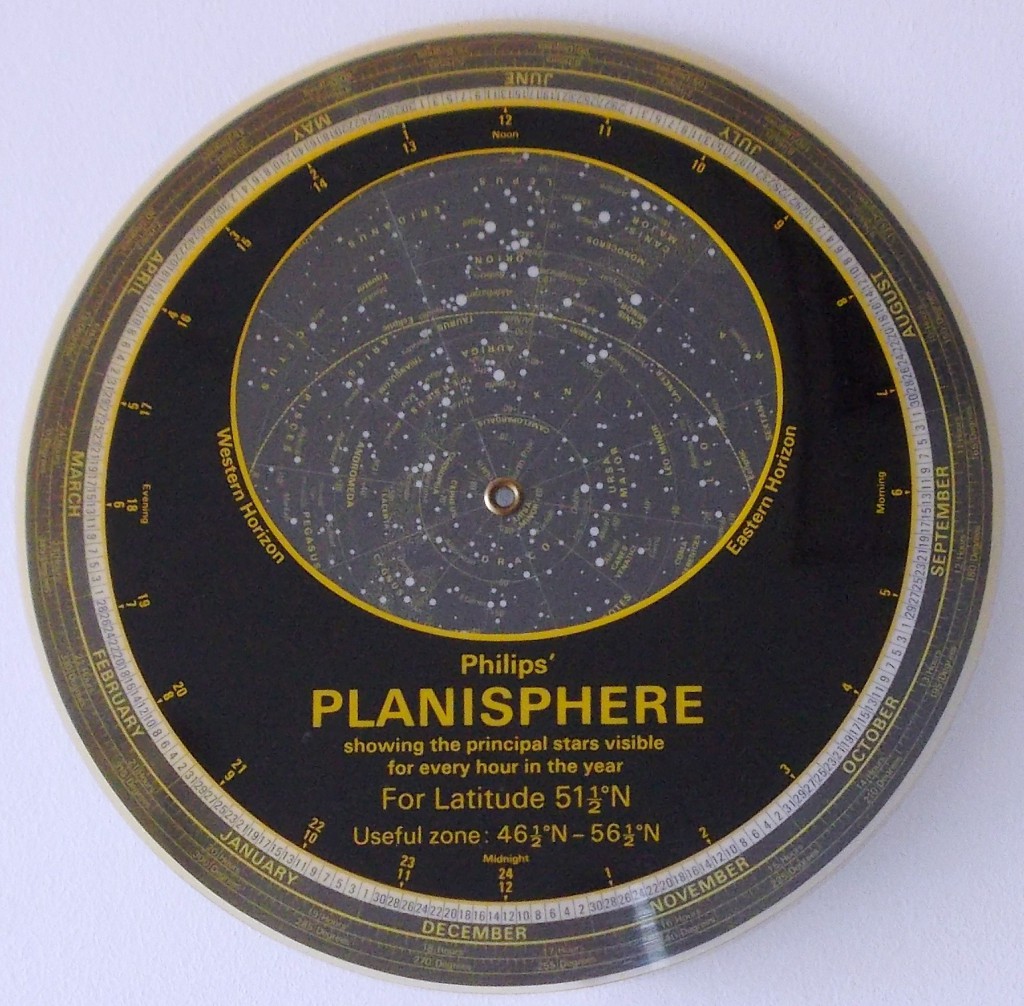
Verge watch, London, c.1750 (Inv. 52706). Although this watch is more than 200 years old, its face is incredibly similar to those we wear today.
Name: Daniel
Occupation: Student
Object: Analogue watch
Story: I recently received a watch, from a loved one, as a gift. I adore it, it is bluff and appealing. However, something more then that attracts me to it. It tells the time just like another watch I’ve seen, the one in the picture displayed, and that watch is hundreds of years old. Put simply, I love the somewhat sentimental thought that time today is as time yesterday and time tomorrow.
I hope that this object won’t one day merely be one of purely historical interest. To my mind, the analogue watch or, it as I prefer to call it, the watch is one of those special scientific objects which cannot be improved upon if it is to retain its natural character. That is to say, it cannot be added to in function if is to remain, simply, a timepiece. The essence of the watch is demeaned and betrayed by throwing in bells and whistles, weather-dials, musical output and whatever other flight of fancy take a modern designer’s mind.
A standard 12 point circular display is, truly, a thing of beauty but it is more than that: it is a constant link to our collective past. Such a face tells the time as Dickens saw it as he wrote long into the night, as Churchill glimpsed it whilst toiling under London when Britain stood alone, as Big Ben displayed and displays it to all as eras passed and new sun’s rise. In our time when we are increasingly driven by the unceasing demand for quantifiable progress in each aspect of our yet more corporate world, and in which each minute seems to be worth more than the last, there is something deeply reassuring in seeing time as our forebears saw it and remembering that for us, as them, a minute hasn’t changed.






